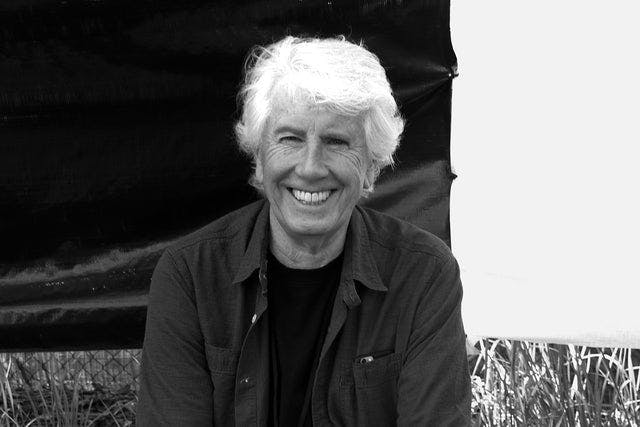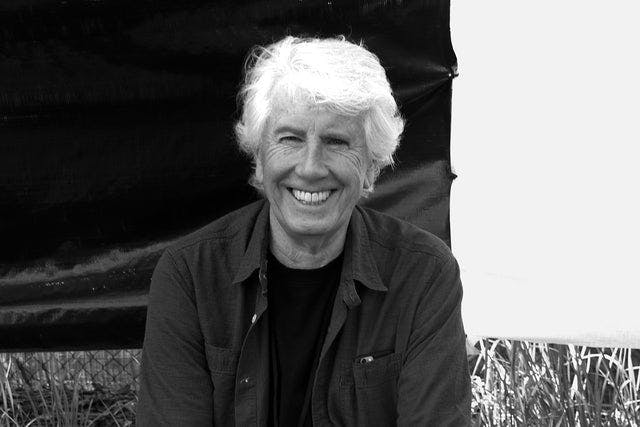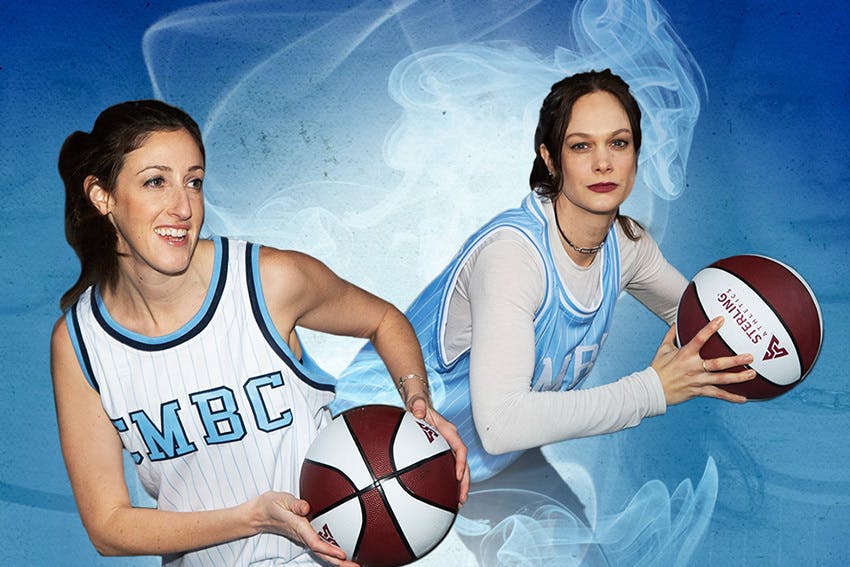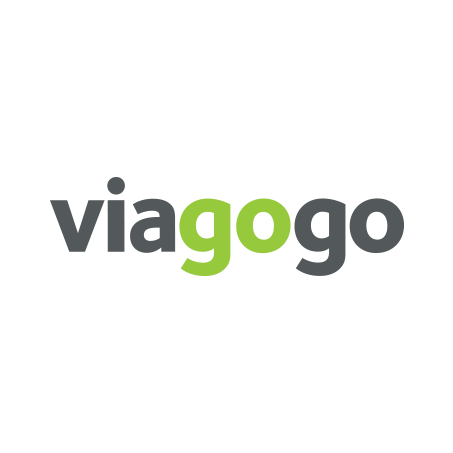 Sell tickets and manage registrations
Sell tickets and manage registrations
 View my tickets and registrations
View my tickets and registrations
 Sell more tickets through digital marketing
Sell more tickets through digital marketing
 Add an event calendar to your website
Add an event calendar to your website
 Find events by location and categories
Find events by location and categories
Spring 2020 – Soundscape and Landscape
Soundscape and Landscape
Hugh Livingston
6 session >> Saturdays, March 21- April 25
10:00am-1:00pm, MCR, $295
This class will delve into arts and histories of outdoor music-making, mapping neighborhoods, and understanding sensory environments in which we live, work, and play. You will have the opportunity to compose personal music, create a handheld device app, build a hand-drawn or online soundmap, and program soundscapes for a public space. Participants from summer 2017’s Escape, With Landscape and Soundscape will be able to travel deeper into these areas of inquiry, with new exercises and ideas, and new students will be led through our learnings from the summer into a highly engaged level of artmaking, sensory observation, and ecological participation. Themes to be explored:
Landscapes: Built, Imaginary, Virtual, Utopian
Develop generative landscapes, exploring points of view from historical landscape painting to virtual and augmented realities, animation, dystopian and utopian landscapes.
Bioacoustic Partitioning: Defining Sound Space
Capturing nature sounds in your area, you will craft a musical composition that responds to the environment, using accessible software that provides rhythm detection, pitch analysis, and countermelody generation. We will conduct fieldwork in urban and rural environments, culminating with a musical composition that draws on a given sonic environment.
Performance and Landscape Context
Traveling to a Bay Area site to explore performance action and space, we will use bodies, vocalizations, and found natural objects as percussion instruments to discover rhythms and textures which illuminate the outdoors, matching movement to landscape. We will look at histories of traditional and contemporary arts, and consider yodeling, Native American prairie singing, and the shepherd’s flute.
Sound & Sanctuary
We will consider how sound creates individual calm, and extensions to public space. The phenomenon of the personal soundtrack will be explored and expanded upon, as we parse the soundscape into the sonic and the acoustic, and discover solutions for personal and public benefit.
_________
Hugh Livingston creates large-scale digital media installations related to natural and built spaces. Hugh graduated cum laude in music from Yale, recipient of the Bach Society Prize for excellence in musicianship. He has an MFA in contemporary music from the California Institute of the Arts and a doctorate from UC San Diego. Hugh composes situational music: responses to spaces, landscapes, history and people. He has catalogued 120 different pizzicato techniques for the cello and conducted research in China on contemporary and historical music. His most recent publication is on contemporary sound garden design, from Harvard University Press.
He has composed a large-scale outdoor opera to be performed on a river, and is artist in residence at the Dumbarton Oaks Gardens in Washington, DC. He has been the McKnight Foundation Fellow Composer in Residence in Minneapolis, and is the recipient of numerous grants from foundations such as Rockefeller, Getty, Doris Duke, Andrew Mellon, Fleishhacker, and Haas. Hugh is a 2016-17 Smithsonian Artist Research Fellow and Artist-in-Residence at Fort Mason.
PLEASE NOTE: Public Education courses are held contingent on a minimum enrollment, which is determined two business days prior to a class start date. Public Education Staff will contact you ONLY if there is a course cancellation or change.
What materials (if any) will I need to bring to class?
Each course requires specific materials that we ask you bring to your first class session so you can get started making right away. Materials lists are available online on our
What are my transport/parking options getting to San Francisco Art Institute?
All classes, unless otherwise noted, meet at 800 Chestnut Street, between Jones and Leavenworth. You can find directions to campus
SFAI is located in a residential neighborhood, and free two-hour parking is available on all of the streets immediately surrounding the school. The two-hour restriction cuts off at 9 pm, so evening Public Education students do not need to move their car, unless you arrive prior to 7 pm.
SFAI is easily accessible via public transportation, with Muni bus lines #30 Stockton, #45 Union, and #47 Van Ness located within a few blocks of campus.
Where can I contact the organizer with any questions?
SFAI Public Education Staff are always happy to answer any questions you may have about the Public Education program, or our courses. We are in the office Monday-Friday from 9 am to 5 pm. Call us at: 415.749.4554 or e-mail: publiceducation@sfai.edu
What is the refund policy?
Refund requests must be made in writing to
For courses that meet for ten sessions or more, a 100% refund minus a $20 processing fee is given if written notice is received at least five business days before the first class. After five business days before the first class, an 80% refund minus a $20 processing fee is given when written notice is received prior to the third class. No refund is given after the class has met three times. Please allow two to three weeks to receive your refund.
For courses that meet for six sessions or fewer, a 100% refund minus a $20 processing fee is given when written notice is received at least five business days before the first class. After five business days before the first class, an 80% refund minus a $20 processing fee is given when written notice is received prior to the second class. No refund is given after the class has met two times. Please allow two to three weeks to receive your refund.












